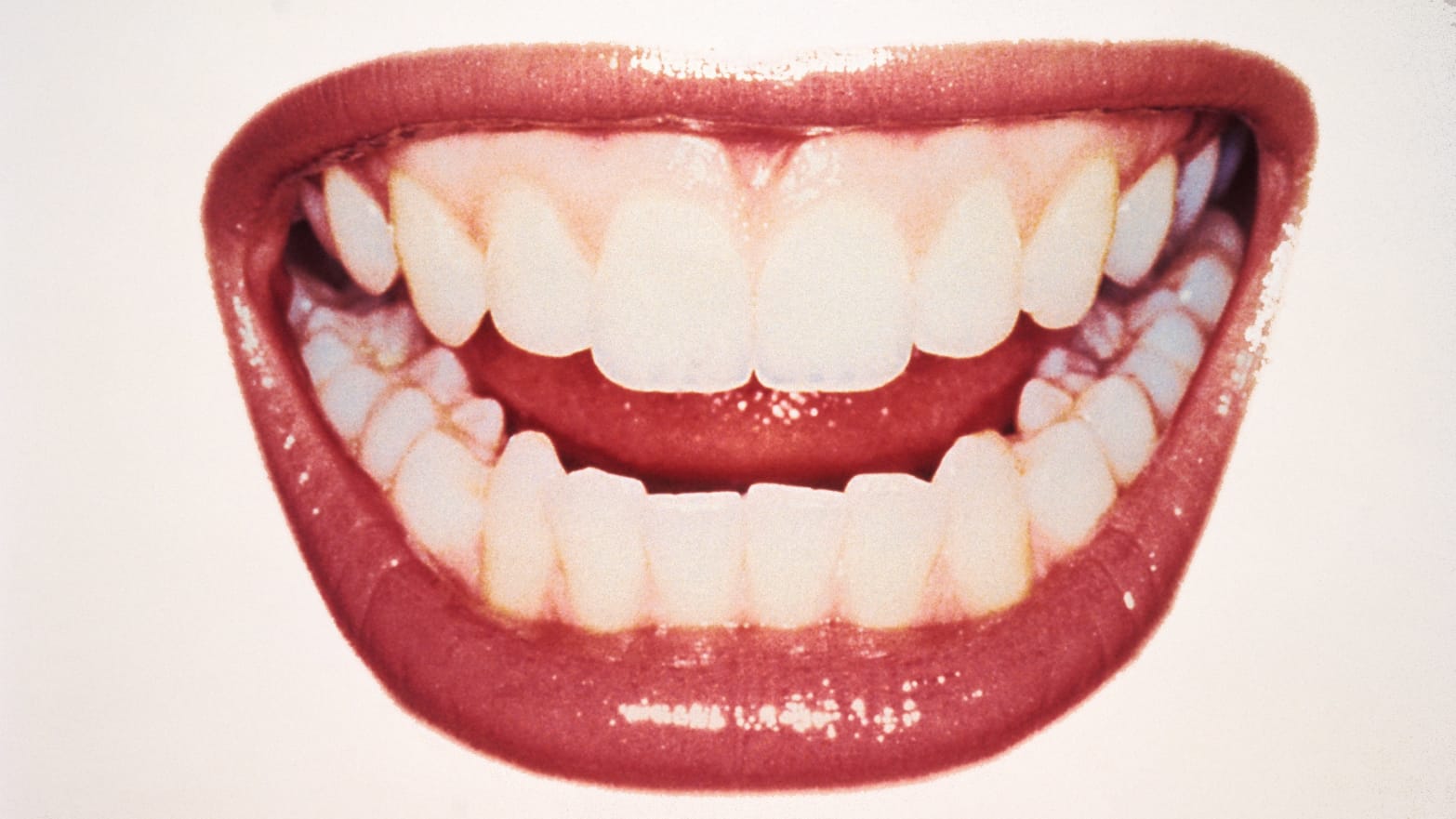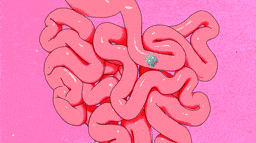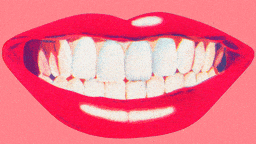Your doctor will need to be following this because of this:
Direct Link Between Oral Bacteria and Stroke
But that does make the assumption that your doctor is competently following and implementing research that is related to stroke.
These Magnetic Microbots Will Scrub Your Teeth Clean
‘They can be
swarmed to work like a Roomba, you can program them to move in specific
movements and locomotion to create scrubbing.’

Getty
Dentist
offices are often terrifying, mostly because fighting microscopic
bacteria is a serious task. They join together in groups using a sticky
matrix and form colonies (like bricks stuck together with mortar) and
attach themselves to your chompers.
They’re so stubbornly clingy, in fact, that dentists have to use scrapers and water jets to clean your teeth. Getting bacterial nets, known as biofilms, out of there is not an easy task.
“Certain bacteria, when they arrive on a surface, they know in order to survive there they need to cling on it,” Hyun (Michel) Koo, a dental researcher, told The Daily Beast. “So they secrete a matrix and stick with each other and multiply. As they firm up on the surface they cover each other up with this glue-like polymer.”
Once the bacteria are covered in their protective shielding, Koo said antimicrobials can’t penetrate to kill them so they need to be physically removed. “It’s very cumbersome. You need to disrupt them, kill them, and remove them. That’s true not just of the tooth but of biofilms on other parts of the body.”
Koo and his colleagues created nanoparticles of iron-oxide, which are safe to ingest and are easily digested in the stomach (they are regularly used in iron supplements). That means these particles have some very useful properties. They are magnetic, so doctors can use them in swarms and move them around to specific locations using magnets. The particles can also be a catalyst to produce hydrogen peroxide, breaking down the biofilm’s matrix to kill the bacteria inside. And, perhaps most importantly, they can scrape the dead bacteria off of teeth when they’re done.
“They can be swarmed to work like a Roomba, you can program them to move in specific movements and locomotion to create scrubbing,” Koo said.
Koo noted this control mechanism is one of the many technical challenges the team is still working to solve. But the team is moving forward on a solution to that, according to Koo: “They can be very creative and they are making ways so the magnetic field can be all around the surface of the tooth.”
The team also devised a way to 3D print the nanoparticles together into certain shapes to achieve goals other than cleaning the outside of the teeth. For example, Koo said, they can build them in the shape of a drill bit or a vein with fins on it. Theoretically, if a hole is drilled by the dentist through the outside of the tooth, these pre-shaped microbots could be inserted into a tooth and perform the cleaning necessary for a root canal. “The idea is we can use the robots to go inside and do the cleaning for the dentist,” he says.
Much of this work is still in its early stages. Koo says it will be at least two to three years before they have built a proof-of-concept version of a teeth-cleaning device (and it will take several years after that before it can become a prototype and undergo clinical testing). But when it’s ready he says he hopes that it will operate like playing a video game.
Koo says he doesn’t believe this innovation will put dentists out of business but rather, it will be another tool they can add to their kit.
“Technology will always provide new solutions,” he said. “Dentists are just advancing this so it can provide better or new ways to address the issues we have in dentistry.”
They’re so stubbornly clingy, in fact, that dentists have to use scrapers and water jets to clean your teeth. Getting bacterial nets, known as biofilms, out of there is not an easy task.
“Certain bacteria, when they arrive on a surface, they know in order to survive there they need to cling on it,” Hyun (Michel) Koo, a dental researcher, told The Daily Beast. “So they secrete a matrix and stick with each other and multiply. As they firm up on the surface they cover each other up with this glue-like polymer.”
Once the bacteria are covered in their protective shielding, Koo said antimicrobials can’t penetrate to kill them so they need to be physically removed. “It’s very cumbersome. You need to disrupt them, kill them, and remove them. That’s true not just of the tooth but of biofilms on other parts of the body.”
Koo and his colleagues created nanoparticles of iron-oxide, which are safe to ingest and are easily digested in the stomach (they are regularly used in iron supplements). That means these particles have some very useful properties. They are magnetic, so doctors can use them in swarms and move them around to specific locations using magnets. The particles can also be a catalyst to produce hydrogen peroxide, breaking down the biofilm’s matrix to kill the bacteria inside. And, perhaps most importantly, they can scrape the dead bacteria off of teeth when they’re done.
“They can be swarmed to work like a Roomba, you can program them to move in specific movements and locomotion to create scrubbing,” Koo said.
Koo noted this control mechanism is one of the many technical challenges the team is still working to solve. But the team is moving forward on a solution to that, according to Koo: “They can be very creative and they are making ways so the magnetic field can be all around the surface of the tooth.”
The team also devised a way to 3D print the nanoparticles together into certain shapes to achieve goals other than cleaning the outside of the teeth. For example, Koo said, they can build them in the shape of a drill bit or a vein with fins on it. Theoretically, if a hole is drilled by the dentist through the outside of the tooth, these pre-shaped microbots could be inserted into a tooth and perform the cleaning necessary for a root canal. “The idea is we can use the robots to go inside and do the cleaning for the dentist,” he says.
Much of this work is still in its early stages. Koo says it will be at least two to three years before they have built a proof-of-concept version of a teeth-cleaning device (and it will take several years after that before it can become a prototype and undergo clinical testing). But when it’s ready he says he hopes that it will operate like playing a video game.
Koo says he doesn’t believe this innovation will put dentists out of business but rather, it will be another tool they can add to their kit.
“Technology will always provide new solutions,” he said. “Dentists are just advancing this so it can provide better or new ways to address the issues we have in dentistry.”



No comments:
Post a Comment